Staatliches Bauhaus, commonly known as Bauhaus, was a German art school operational from 1919 to 1933 that combined crafts and the fine arts and was founded by Walter Gropius in Weimar. The definitive 1926 Bauhaus building in Dessau is attributed to Gropius. Apart from contributions to the 1923 Haus am Horn, student architectural work amounted to un-built projects, interior finishes, and craft work like cabinets, chairs and pottery.
The German term Bauhaus (building house) was understood as meaning "School of Building", but in spite of its name and the fact that its founder was an architect, the Bauhaus did not have an architecture department during its first years of existence. Nonetheless, it was founded with the idea of creating a total work of art in which all arts, including architecture, would eventually be brought together. The Bauhaus had a profound influence upon subsequent developments in art, architecture, graphic design, interior design, industrial design and typography.
The school existed in three German cities: Weimar from 1919 to 1925, Dessau from 1925 to 1932 and Berlin from 1932 to 1933, under three different architect-directors: Walter Gropius from 1919 to 1928, Hannes Meyer from 1928 to 1930 and Ludwig Mies van der Rohe from 1930 until 1933, when the school was closed by its own leadership under pressure from the Nazi regime.







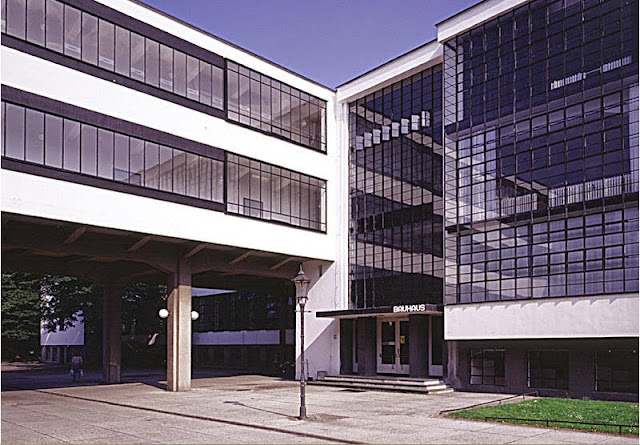

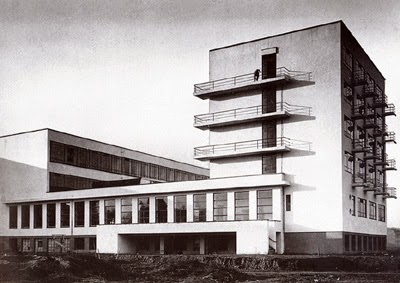

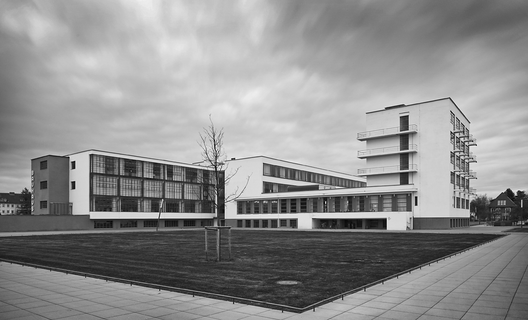







.jpg)




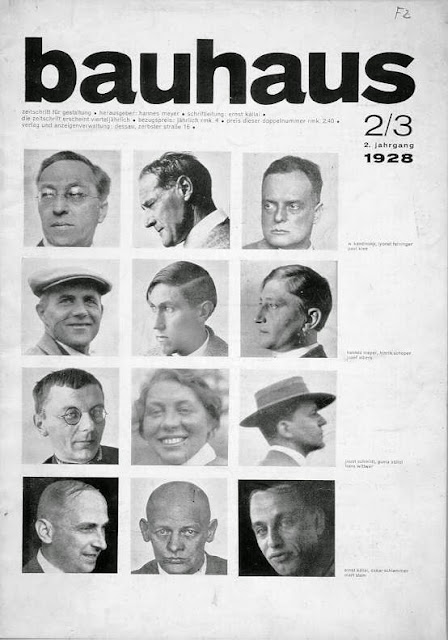

.jpg)



.jpg)












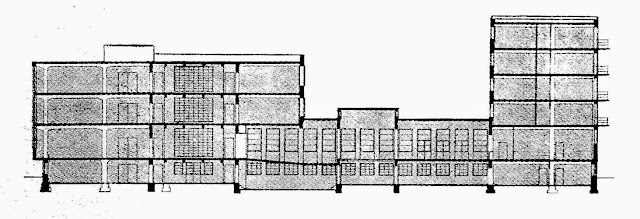




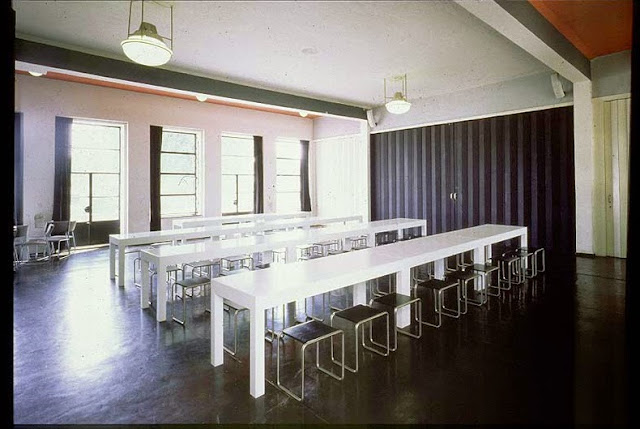
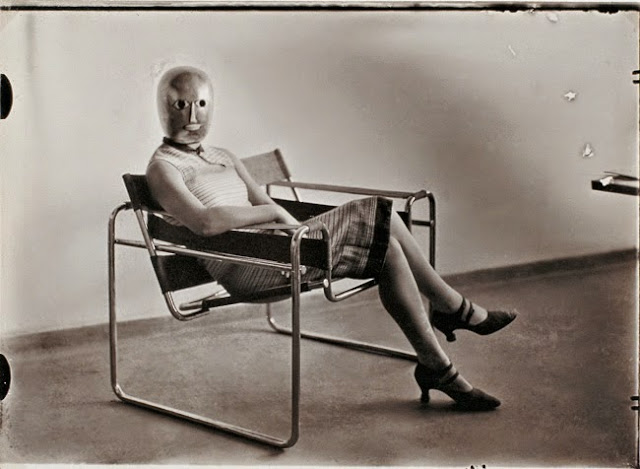



.jpg)


